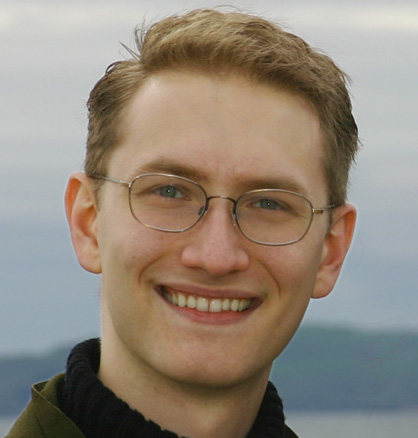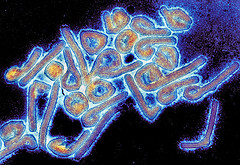
Thomas Hladish, PhD
Research Faculty
Research Assistant Scientist
Biology & Emerging Pathogens Institute
Email: tjhladish [at] ufl.edu
Degrees
BS - Illinois Wesleyan University, 2002
PhD - University of Texas at Austin, 2012
Background and Research Interests
Tom is interested in developing computational solutions to practical problems. Recently, his work has focused on dengue, a mosquito-spread disease endemic in tropical regions and emerging in temperate countries, in an effort to understand its epidemic dynamics and how we should best use interventions that are only partially effective. Other interests include the role of complex social structure on epidemic dynamics, inferring immunodynamics from epidemic time series, and Bayesian parameterization of stochastic models. Tom received his PhD from the University of Texas at Austin, where he studied these in the context of influenza and network modeling.
Further details about current research
Dengue is endemic in over 100 countries and causing an estimated 390 million infections, 96 million of which are symptomatic each year (Bhatt et al, Nature, 2013). The disease is unusual in that there are four distinct types, called serotypes, and a past infection with one serotype increases morbidity and mortality when infections with other serotypes occur. Global dengue incidence and distribution has been increasing in recent decades. This, and the ongoing development of several dengue vaccines have posed many important questions for epidemiologists.
We developed an agent based epidemic model that describes the movements and transmission dynamics of people and infected mosquitoes in Yucatan, Mexico. When possible, we have built the model using data sources with international coverage, so that it can be easily reparameterized for other regions. Our approach integrates satellite imagery, census and economic data, and 30 years of dengue case and serotype data to model the locations and movement of 1.8 million people in 375,000 households and 100,000 workplaces and schools.
In order to fit certain important parameters that are poorly known, like the number of mosquitoes in Yucatan and their behavior, we have developed a Bayesian parameter estimation toolkit in C++. Our software uses sequential Monte Carlo approximate Bayesian computation with partial least squares to determine a probability distribution for each important parameter.
Diseases that can cause asymptomatic but transmitting infections pose a unique modeling challenge. Empirical data generally, and sometimes exclusively, represent cases, or symptomatic infections. Epidemic models, however, must consider infections rather than only cases when reproducing transmission dynamics. We’ve established methods for estimating the ratio of dengue infections to reported cases in Yucatan, Mexico, using demographic, serosurvey, and reported case data. These methods can further estimate the immune profile, or age- and serotype-specific probability of immunity for a population.
Several dengue vaccines are in development, and a wide range of mosquito control strategies are used worldwide. None of these interventions is a complete dengue control solution, however. Dengue cases are generally increasing, despite decades of mosquito control in many places, and it appears the first available vaccine may offer only modest protection. We are using our epidemic model to tailor vaccine distribution strategies to local populations, and investigating the possibly synergistic relationship between vaccine use and mosquito control measures.
